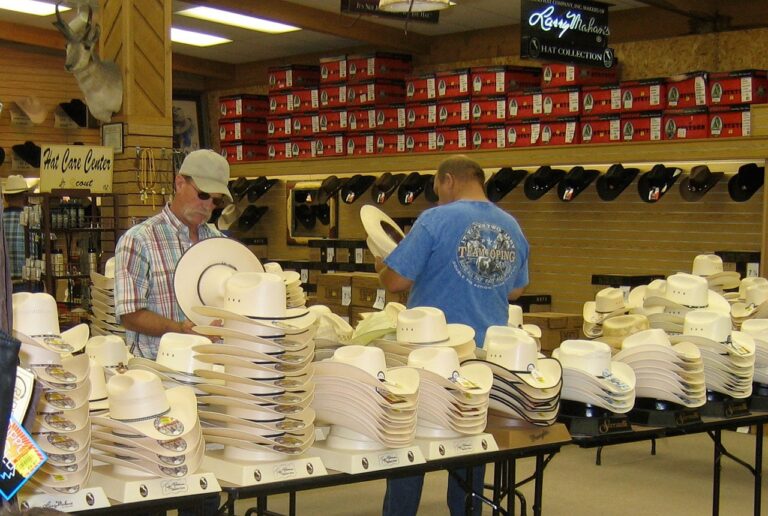The Art of Thrift Shopping: Finding Hidden Gems on a Budget
Thrift shopping offers a budget-friendly alternative to traditional retail stores. By purchasing gently used items at significantly lower prices, individuals can save money while still finding unique and stylish pieces to add to their wardrobes or homes. This cost-effective approach allows for expanding one’s personal style or home decor without breaking the bank.
Moreover, thrift shopping promotes sustainability by giving items a second chance at being utilized. By shopping second-hand, consumers contribute to reducing waste and environmental impact, as well as supporting a circular economy. This eco-friendly aspect of thrift shopping aligns with the growing trend of conscious consumerism, where individuals prioritize the longevity and reusability of goods over fast fashion and disposable items.
Tips for Successful Thrift Shopping
When embarking on a thrift shopping adventure, it’s important to keep an open mind and have patience. Thrift stores can be overwhelming with their vast array of items, so take your time to browse through each section thoroughly. You never know what hidden gems you might find buried beneath the piles of clothing or household items.
Another tip for successful thrift shopping is to visit the store regularly and at different times. New items are constantly being put out on the shelves, so checking in frequently increases your chances of discovering unique pieces. Moreover, being flexible with your size preferences can also pay off – sometimes oversized or undersized clothing can be styled in a way that fits perfectly into your wardrobe.
Understanding the Thrift Store Layout
Navigating through a thrift store can be an exciting adventure for avid bargain hunters and vintage enthusiasts alike. Understanding the layout of a thrift store can greatly enhance your shopping experience and increase the chances of finding unique treasures. When you first enter a thrift store, take a moment to observe the general organization of the space. Most thrift stores categorize items by type, such as clothing, accessories, homeware, and furniture.
As you make your way through the aisles, notice how items are arranged within each section. Clothing may be sorted by size, color, or type of garment, while homeware items like dishes and vases may be grouped together. Keep an eye out for any special displays or sections that feature seasonal items or designer pieces. By familiarizing yourself with the thrift store layout, you can efficiently navigate the store and locate items that match your preferences and style.





